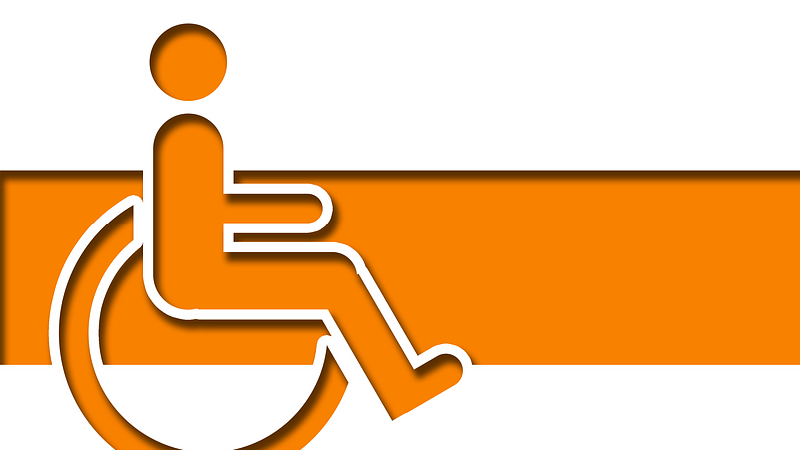After the National Federation of the Blind sued Target over their inaccessible website, the company knew it was time to change their internal culture.
The first thing Ryan Strunk said to the audience was “I’m blind.”
He then proceeded to tell a few stories of how difficult being disabled can be. He recalled browsing the top 10 apps on his smartphone. He was excited to find that he could use Facebook.
“But there are top apps I can’t use,” Strunk said. “I don’t want to have to be excited just because I can use it. I want to be able to fit in like everyone else and have the same experiences.”
In the case of grocery shopping, he would need somebody to assist him in picking out items.
Strunk said this becomes even more tedious when he wants to browse or doesn’t come with a list prepared.
In the case of ordering bus tickets, he recalled having to press awkward sets of keys simply to navigate the page.
When Strunk joined Target as their Lead Accessibility Consultant, he found that the corporate culture was not as accommodating to the disabled. The culture’s goal was simply to meet governmental compliance. This was something that he fought to change.
“I’m really excited to say that as we’ve gone through this process,” Strunk said. “We now have a culture that accepts this.”
Strunk, as well as his co-panelist Sean Murphy, presented five rules for making accessibility part of your digital DNA:
- Accessibility can be done at any scale
- Simplicity and clarity leads to better design, better code and better products
- Accessibility is good for your culture
- Commit to accessibility even when it’s inconvenient
- It just takes one person
In the meantime, Target completely relaunched their website in 2016 to be more accessible.
“Our goal is to make every guest facing digital experience accessible,” Strunk said.
For blind users, the use of voice over exists. In the case of paraplegic users, they developed gesture based controls.

